The Foiba di Basovizza
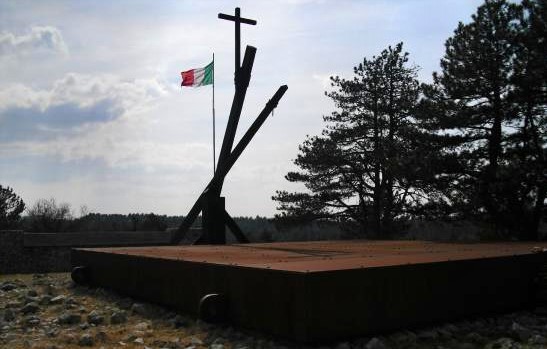

The sinkholes
The sinkholes, from the Latin fovea, are one of the typical peculiarities of the Karst. To be clear, that plateau that extends behind the city of Trieste and extends into neighboring Slovenia and northern Istria up to the Velebit massif in the extreme north-west of Croatia.

The sinkholes are, to all intents and purposes, natural inghittotitoi which, due to their distinguishing features, resemble wells.

In recent history, however, the word foiba has increasingly taken on a much broader meaning than that attributable to a mere karst abyss.

The sinkholes, in fact, also represent the places linked to the massacres committed, between 1944 and 1945, by the Yugoslav partisans (Slovenian and Croatian freedom movement and the structures of the new Yugoslav state) led by Josif Broz (called "Tito") which cost the life of over one and a half million people, including partisans and civilians.

Precisely in this period, the Tito army, strong with its nearly five hundred thousand men, succeeded in overcoming the German army. And it is precisely in this historical context that some of the saddest pages of Trieste, Gorizia and Rijeka history were written.

Click to see a historical video produced by the "Isituto Luce Cinecittà" which tells the drama of the Foibe.
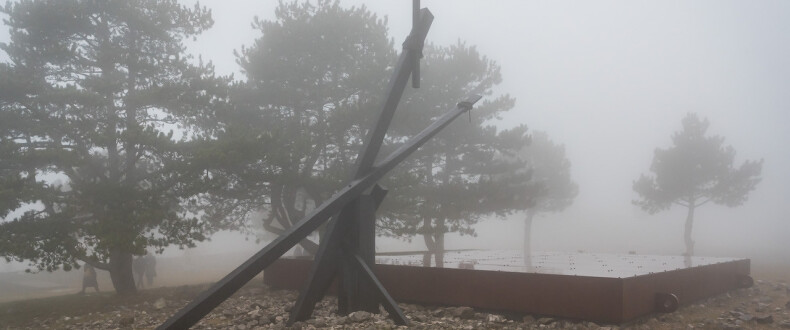
In this precise historical moment, it is estimated that almost 6,000 - 7,000 people were killed in the Foibe, to which more than 3,000 people disappeared in the "gulag" (concentration camps) of Tito must be added. The infoibati were mainly of Italian origin. But also Slovenians and Croats. Prominent figures (and not) who essentially opposed the Tito communist regime.
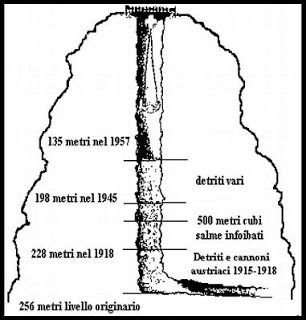
For many contemporary historians, these brutal atrocities had a precise interpretation. They were the precise warning of a marshal who wanted to respond, with the same weapons, to the blood and deaths of the Nazi concentration camps; thus also pursuing the objective of eliminating the potential opponents of an annexation of Venezia Giulia to the great Yugoslav federation.
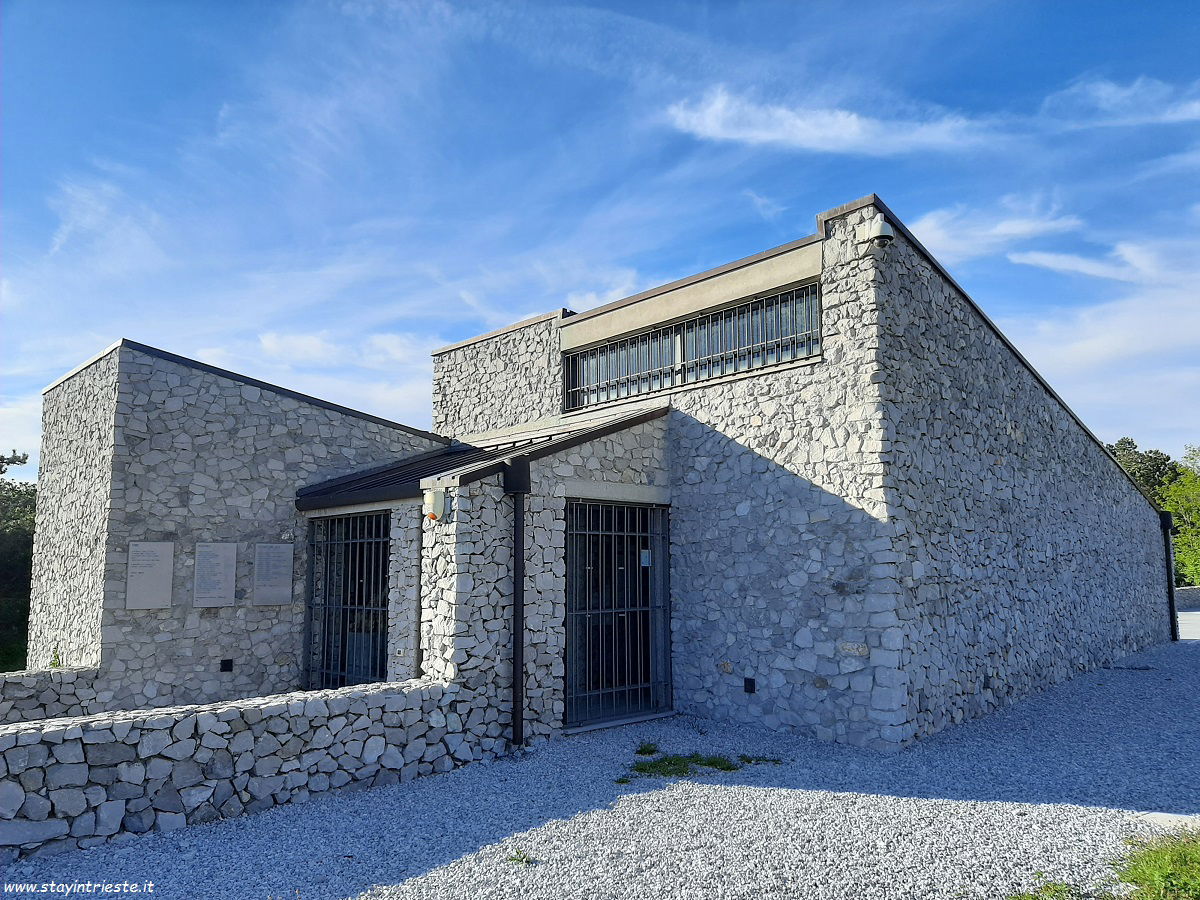
The monument of the Foiba di Basovizza
In Basovizza, a small fraction of the Municipality of Trieste, a monument was erected to commemorate the massacres of the Foibe.

La Foiba di Basovizza, this is the name of the monument, is located in the middle of a verdant karst land, along the road that descends from Basovizza towards the hamlet of San Giuseppe and, therefore, leads to the nearby town of San Dorligo della Valle.

The Foiba di Basovizza, declared a national monument in 1992, is the symbol of all the atrocities committed at the end of the Second World War and in the following years by the Yugoslav partisans led by Tito.

Originally, the Foiba di Basovizza was a simple mining well. In May 1945, unfortunately, its use was profoundly changed and became a place of executions for prisoners, soldiers, policemen and civilians first destined for internment camps set up in neighboring Slovenia and subsequently executed right here in Basovizza in the heart of the Karst. Trieste.

On the site of the Foiba di Basovizza, there is a detailed and dramatic description of the last moments of life of these poor victims that we propose again using the words of the authors:
“The victims destined to have fallen into the Basovizza chasm were taken from the houses of Trieste, during the 40 days of Yugoslav occupation of the city (from 1 May 1945). The trucks of death arrived at Basovizza with their load of unfortunates. These, with their hands torn by iron wire and often tied together in chains, were pushed in groups towards the edge of the abyss. A shot from the first machine guns made everyone fall into the abyss. On the bottom those who did not find instant death after a flight of 200 meters continued to agonize between the spasms of the wounds and the lacerations reported in the fall between the rock spikes. Many victims were first stripped and tortured ".
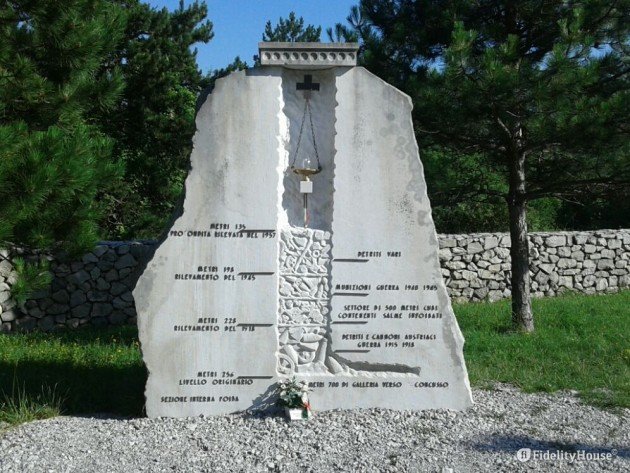
On 10 February 2007, many years after the Foibe massacre, the new visitor center of the Basovizza Memorial was inaugurated. Inside, there is also a space dedicated to the Documentation Center, which the Municipality of Trieste has given to the management of the National League, inaugurating it on 10 February 2008 on the occasion of the Remembrance Day.
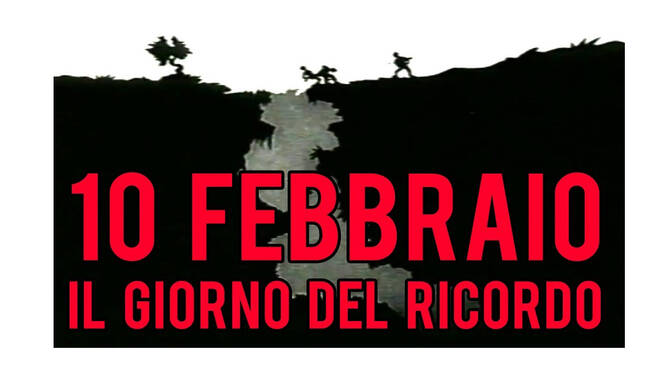
A commission of historians, on the other hand, wrote all the texts as well as a volume containing, in several languages, all the illustrative material on display.

Basovizza, with its monument, wants to be a place of remembrance also for the many other Foibe scattered in this extreme strip of the North East. But not only. La Foiba di Basovizza also wants to remember the thousands and thousands of deportations and disappearances as well as the tragedy of the "Exodus: three hundred and fifty thousand Istrians, Rijekers and Dalmatians who left their lands in search of a better life.

In Basovizza, on the first Sunday of May, the municipal administration of Trieste organizes annually near the monument, a commemoration that wants to remember all the victims and the historical drama of the Foibe.
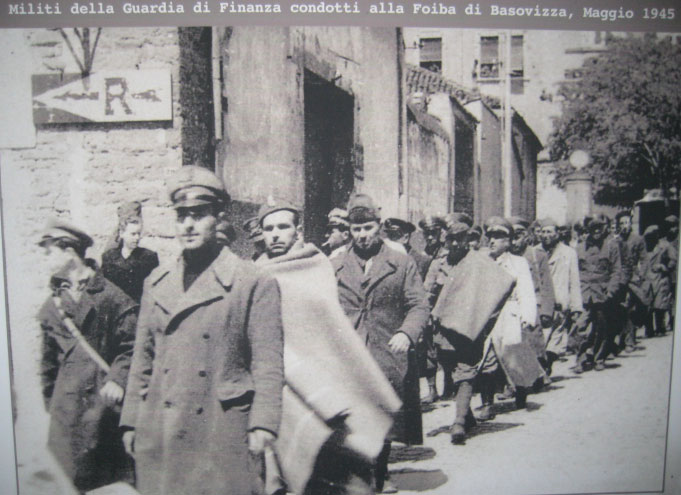
Over the years, however, there have also been other commemorations with truly touching moments.
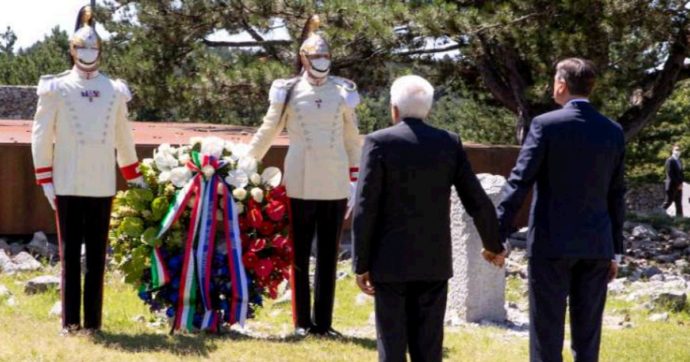
Among the most recent, we recall that of 2020, in which President Mattarella is remembered, hand in hand, with the Slovenian president Borut Pahor (the first president of one of the countries born from the disintegration of the former Yugoslavia to commemorate the Italian victims of sinkholes ). Click to see the most touching moments of that commemoration.
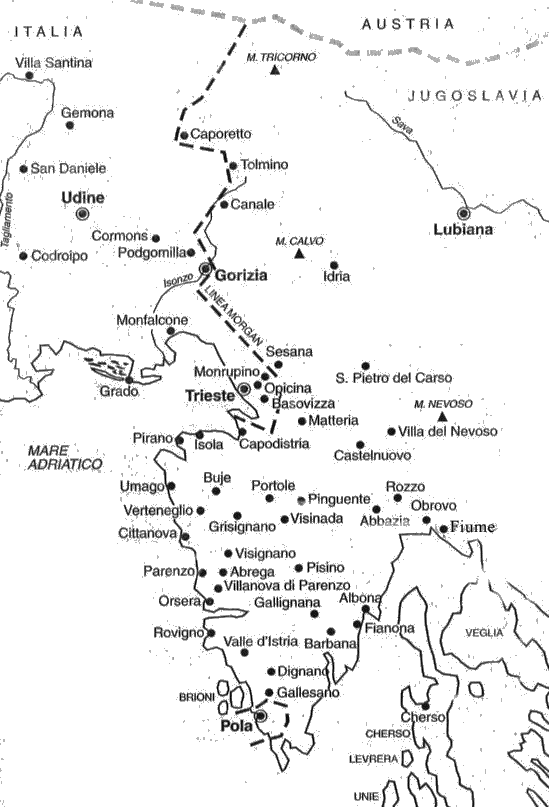
Of that occasion, the videos and photos remain but the "extremely current" words of President Mattarella resound in the memories of those who were there that day while he remembered that:
"History cannot be erased and the painful experiences suffered by the populations of these lands are not forgotten. The present time and the future call for a sense of responsibility, to make a choice between making of those sufferings suffered, on the one hand and on the other hand, the only object of our thoughts, cultivating resentment and resentment, or, on the contrary, making them a common heritage, in memory and respect, developing collaboration, friendship, sharing of the future. Slovenes and Italians are definitely for the second way , aimed at the future, in the name of today's common values: freedom, democracy, peace ".

The "Memory" of the Foibe
The age-old question of sinkholes and the exodus of the approximately 250,000 Giuliano-Dalmatians in the immediate postwar period was a historical issue that aroused lively controversy, even if, compared to past years, the climate of discussion has significantly improved. In fact, until a few decades ago, a rigorous silence had been maintained on the fate of the Italians victims of the persecutions of Marshal Tito.
What noise does silence make? None in theory. The exodus of the populations of Istria, Fiume and Dalmatia and the tragedy of Foibe were two of these silences. Click to see a recent video from Rai which deals with some extremely current historical issues.

But not here, in that enclave called "Venezia Giulia" where the memory of the "Great Exodus" and what happened in these chasms of the Triestine Karst remained, for years and years, a very heartfelt political argument.

There were many in these parts who did not look kindly on national politicians and the many contemporary historians, who kept silent about what happened, during the Second World War, on the Karst, remembering Trieste only for the dead of the fascist persecutions.

Now little by little we talk about it more and more. It will be really fundamental not to forget. Click to watch a video on the “Day of Remembrance” produced by TG 2000
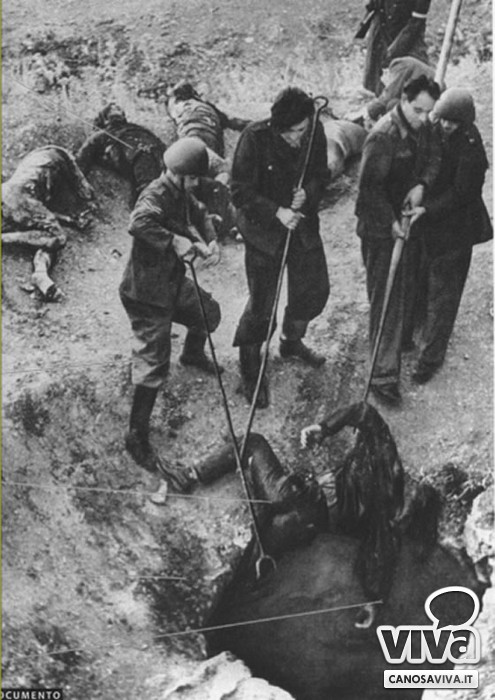
The Documentary for "not to forget"
By clicking here it will be possible to watch a video, lasting one hour, on "The time of remembrance. The sinkholes and the Istrian Julian Dalmatian exodus ”made by Agostino Pozzi.
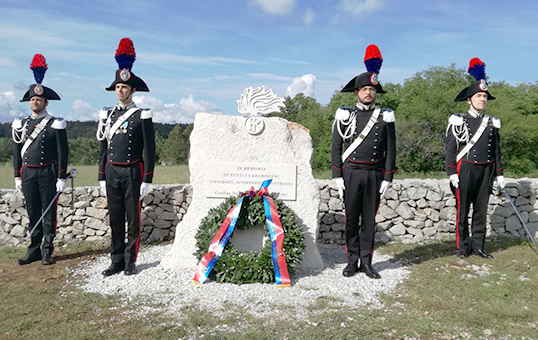
How to get to the Foiba di Basovizza:
By car, take the A4 motorway (Venice - Trieste), exit at Padriciano - Research Area, then follow the signs for Basovizza, where the signs leading to the monument will be clearly visible.
By bus, with lines: 39 and 51 (weekdays only).
Video: The Foiba di Basovizza
Map: The Foiba di Basovizza
Address: Basovizza, 34139 Trieste (TS)
Trieste Friuli Venezia Giulia
Latitude: 45.63478405414983
Longitude: 13.863560557365417
Site: https://www.foibadibasovizza.i...
vCard created by: Marco Cadelli
Currently owned by: Marco Cadelli
Type: Area
Function: Natural good
Creation date: 11-04-2022 14:11
Last update: 12/04/2022